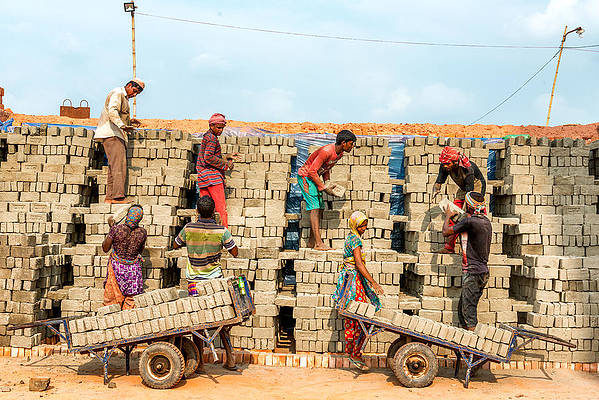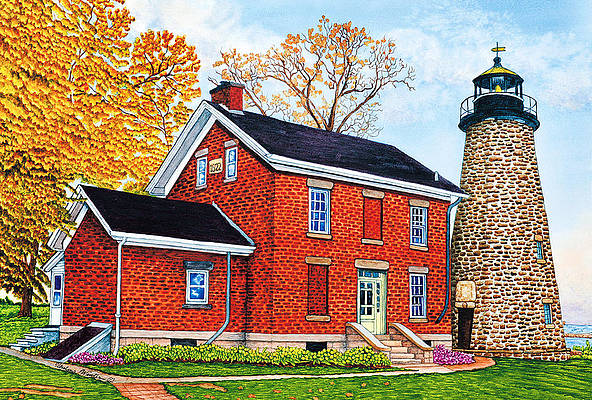How Does A Brick Maker Work?

If you need to know more about how an automatic brick making machine works, you can read the article Concrete Block Making Process. If you are interested in concrete block making, you can read the original article on general and detailed information on concrete blocks.
The most common concrete bricks are hollow concrete bricks 20 cm high, 40 cm long and 20 cm wide. Concrete bricks, also known as concrete blocks, are hollow or solid bricks made of concrete through vibration and compression. Clay bricks are made by mixing clay with aggregates such as water and sand to prevent shrinkage and increase in volume. In the Middle Ages, bricks were made by workers kneading clay and placing them into wooden moulds.
In the past, bricks were used to produce bricks that were reused for agricultural needs after the clay layer was depleted. The local abundance of clay allowed the factory to flourish, and brick became one of the most important building materials in the region. The early builders here relied on the abundance of natural materials for their solarized bricks, due to the lack of stone used by their contemporaries in other areas for permanent construction.
The people there discovered that they could make simple bricks by letting the clay mud dry in the sun. It was especially important at the beginning when brick firing required exactly as many bricks as needed to build a furnace and, most importantly, an abundance of clay. The masons dug up the clay, let it harden, tempered it, moulded it, let it dry, and then fired the bricks in a kiln.
The process of making clay bricks involves preparing the clay, shaping it, and then drying and firing the bricks. A brick factory, also known as brickwork, is a brick, clay or slate factory. Typically, the kiln is placed on a clay base (the most common material from which bricks are made), often with a clay pit. Before being cast into a wooden mould, the mould and the brick-sized loaf of clay are sprinkled with sand to keep the clay from sticking, and the roots, leaves, sticks, and debris are removed from the clay.
When using blocking moulds on the production line, this machine is called a blocking brick machine. For the machine, it forms bricks based on high pressure, which can be hydraulic or mechanical. This fantastic brick making machine works like magic when people add sand and clay to different bins, and then this machine automatically adds precisely the calculated amount of water to the materials in their bins in a special mixing chamber.
Depending on the products produced by stationary block making machines, they are also known as hollow block machines and road pavers. Fully automatic brick making machines are machines for producing high-quality bricks and paver without manual operation, the whole production process is fully automated and controlled by a PLC unit, these machines are one of the most important technologies in brick making industry today.

To improve work efficiency, customers should choose an automatic brick making machine. In the mid-nineteenth century, the development of automated brick-making machines such as Bradley & Craven Ltd’s “Hard Plastic Brick Machine” revolutionized the brick-making process. All bricks were handmade until the mid-1830s, when Nathaniel Adams (1797–1862), who came to Philadelphia from the Hudson Valley brick-making region, invented the punching machine; circa 1840 Nathaniel Adams (1797–1862) installed a horse-drawn carriage in a brick factory in the city of Philadelphia. Samuel Fox (1777–1870) had one simple machine in his yard in 1838 that allowed hand-moulded bricks to be pressed a second time to create a denser, more uniform block. Now there are many brick suppliers around the world who make different type of bricks.
When building a garden, house or wall, bricks with holes are used, often called face bricks or structural bricks. Brick is a building material used to make walls, floors, and other masonry elements. A brick is a single unit of mixed clay soil, sand and lime or concrete, refractory or air-dry material used in masonry construction. Traditionally, the term “brick” referred to a block composed of clay but is now used to refer to rectangular blocks made from clay soil, sand and lime, or concrete materials.
The term “brick” refers to small units of building material, usually made of fired clay and set with mortar, which is a binder composed of cement, sand and water. For the practical reasons mentioned above, and because brick is also an aesthetic material, brick has been used as a building material for at least 5000 years. As clay deposits dried up and cinder blocks became cheaper and brick production declined, locally made bricks and local brick makers enabled Philadelphia and the region’s unique built environment.
True adobes contain large stones and have a stick, stone, and grass gatherers to hold the bricks together. Some masonry professionals (called bricklayers) essentially “glue” the bricks together with mortar, building walls, outdoor stoves, or walkways.
The masons would then mix the clay with water and rub it with their feet to get the right consistency in an area called the trampling hole. After the clay had hardened, the “rudder” delivered the clay to the sculptor, one of the most experienced brick makers of the bricklayer’s team, who filled the moulds with wood bricks and removed the excess clay.




